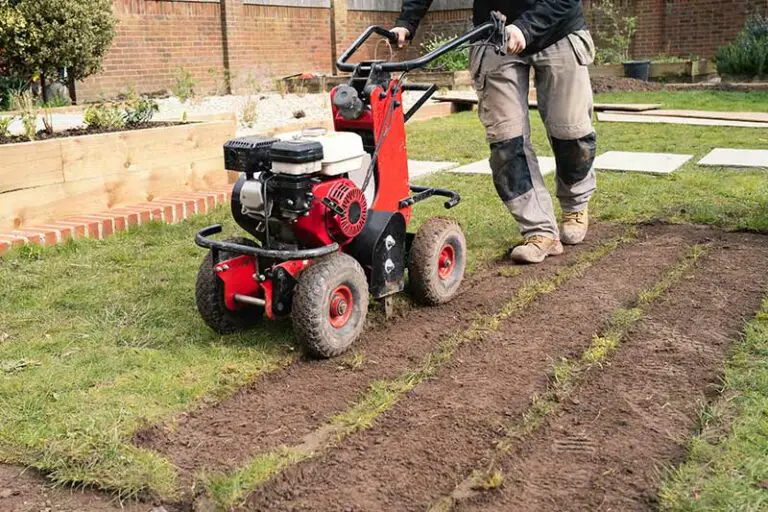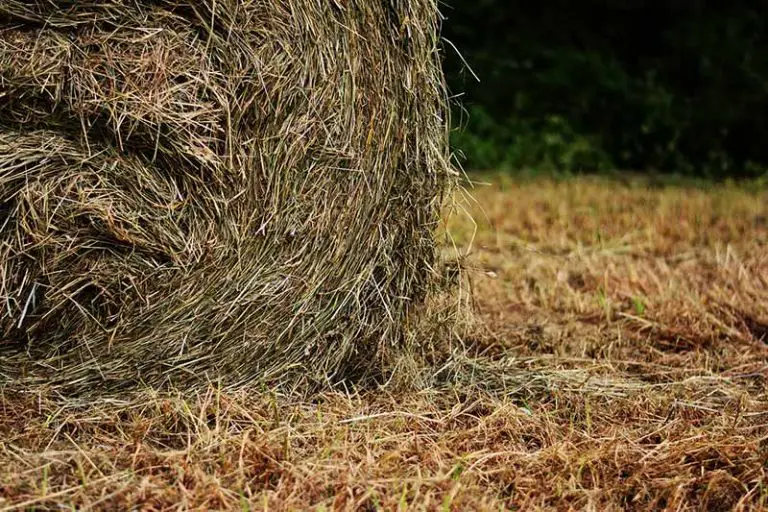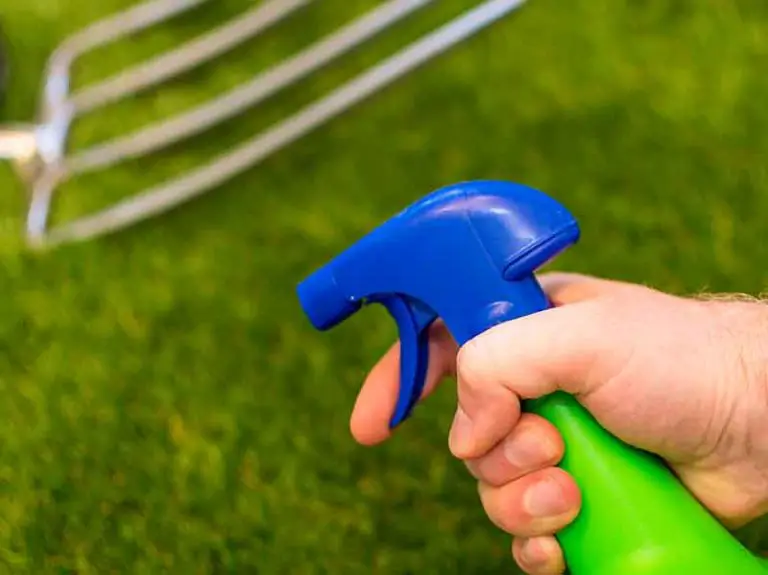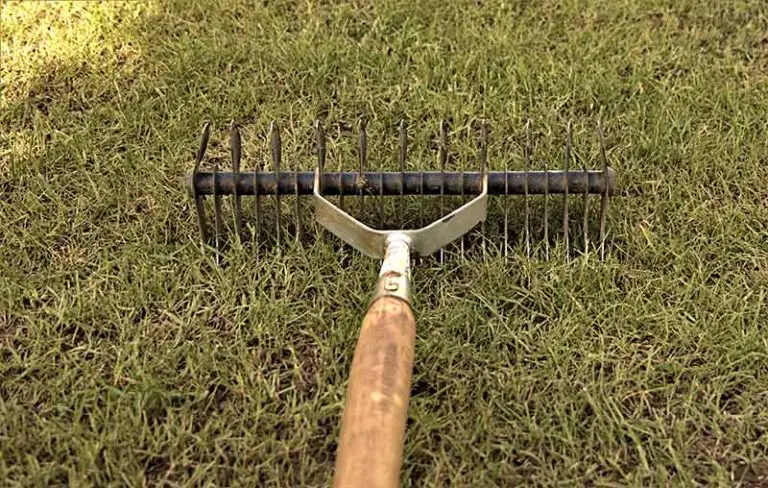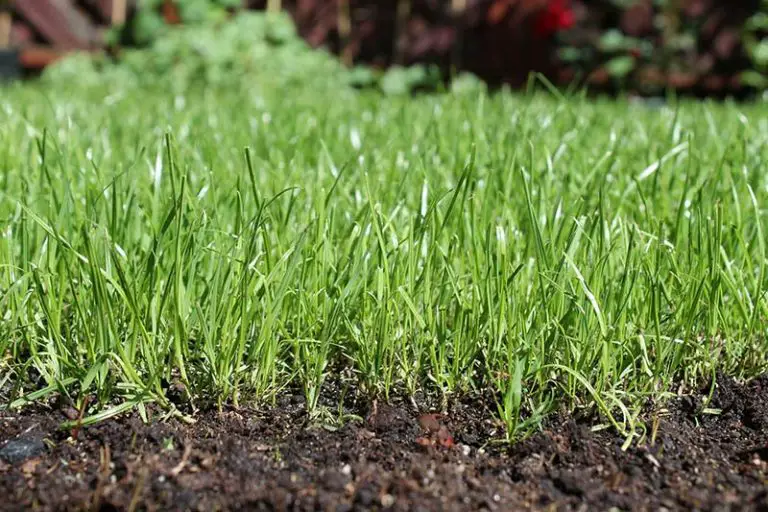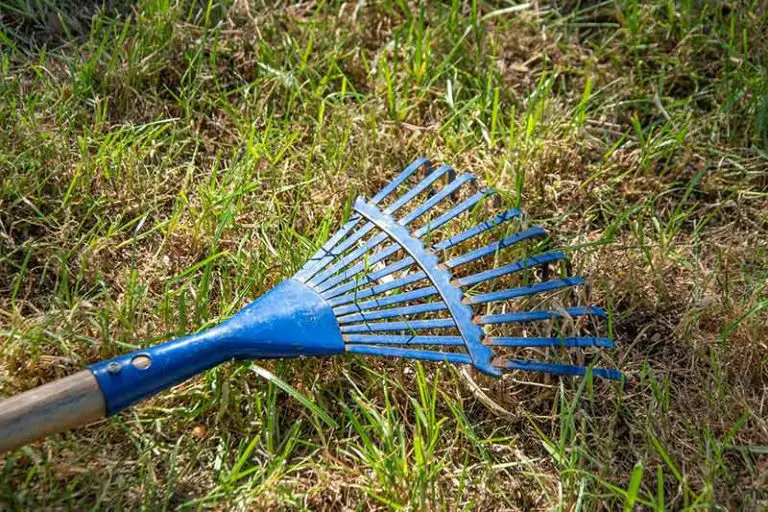Cool Season Grasses: What You Need to Know
All grasses can be categorized into one of two types, either being cool-season or warm-season. As the names suggest, these grasses are better suited for different climates as they grow best under different conditions.
Cool-season grasses are a category of grasses that grow best in cooler, milder temperatures. They grow most actively in the spring and fall, but are also capable of surviving throughout the summer months with the right care. Due to their preferred growing conditions, cool-season grasses are most often found in lawns in the northern and transitional regions of the US.
What Are Cool-Season Grasses?
Cool-season grasses are those which thrive in cooler climates, preferring temperatures between 50 and 80°F. Despite this, many types of cool-season grasses are able to survive in areas with extreme fluctuations in temperatures, from freezing winters to hot summers.
In the northern states of the US, cool-season grasses grow most vigorously in the spring and fall. Although they are most commonly grown from seed, it’s possible to purchase cool-season grass as sod. These grasses grow best when maintained to a mowing height of 3 to 4 inches.
What’s the Difference Between Cool-Season and Warm-Season Grass?
While cool-season grasses thrive in cooler climates, warm-season grasses are better suited to warmer regions in the south. For this reason, cool-season grasses grow most vigorously in the spring and fall, whereas warm-season grasses grow rapidly over the summer months. Where you live in the US will ultimately determine which grass type is best for your lawn.
Where in the US Do Cool-Season Grasses Grow?
Cool-season grasses are most commonly found in the northern and transitional regions of the US.
The northernmost regions, such as New England, Northern California, the Upper Midwest, Pacific Northwest, and High Plains, are generally where cool-season grasses are grown exclusively. Cool-season grasses are best for these regions as they are able to withstand the extreme cold temperatures that are typical in the northern parts of the US.
The transition zone refers to the middle of the US where both cool-season and warm-season grasses are found. Cool-season grasses are ideal for the transitional regions as many of these grass types are highly adaptable; they’re able to survive through both extreme cold and hot temperatures.
Types of Cool-Season Grasses
The most common cool-season grass species for turf include Kentucky bluegrass, perennial ryegrass, fine fescue, and tall fescue.
Kentucky Bluegrass
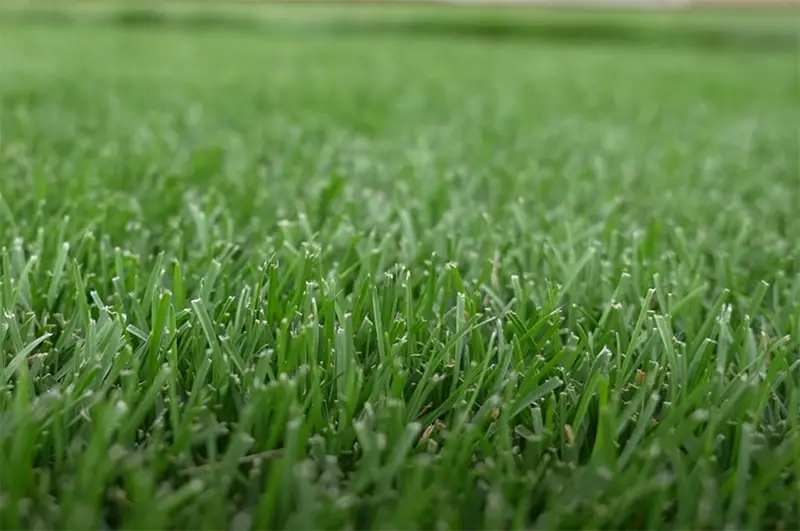
Kentucky bluegrass is one of the most popular cool-season grasses used in lawns throughout the northern US. This grass grows short-to-medium length, deep blue-green blades.
Kentucky bluegrass has a vigorous growth habit, meaning it will spread to fill bare spots on the lawn on its own. This grass type is relatively tolerant to foot traffic and moderate shade, as well as coping with full sun and high heat.
Perennial Ryegrass
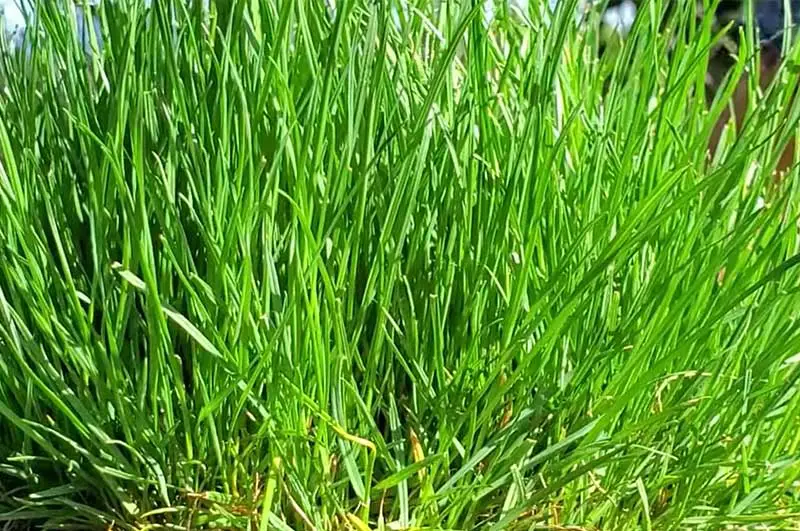
Perennial ryegrass is a bunch-forming cool-season grass type. This grass has fine blades and forms a hardy, low-maintenance lawn. It is best suited for cool northern climates and coastal regions where temperatures are moderate throughout the year.
As it is bunch-forming, perennial ryegrass does not spread to fill in bare spots on its own. Therefore, overseeding will be necessary to fix patches of damage when they appear. However, it’s the fastest germinating grass type with a high tolerance for foot traffic. Also, due to its fast germination, perennial ryegrass is often used to control soil erosion in lawns.
Fine Fescue
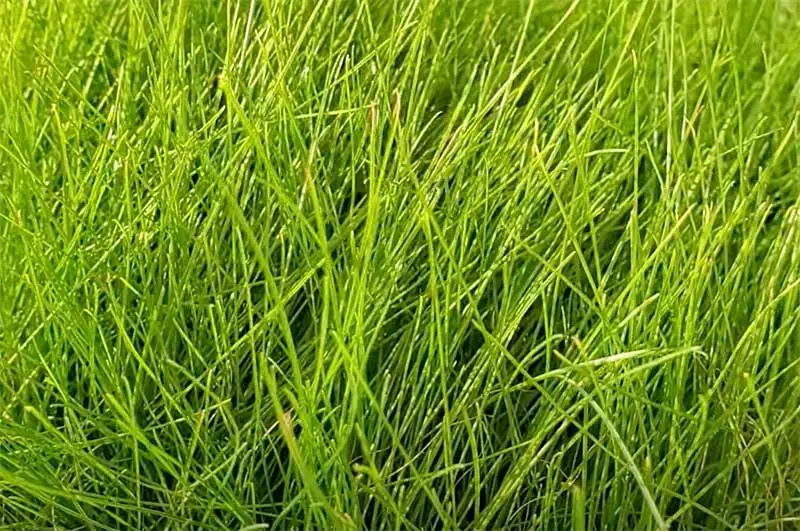
There are a few different subspecies of fine fescue, including hard fescue, chewings fescue, creeping red fescue, and sheep fescue. These grasses have narrow blades with a fine texture and a dark, grayish-green color.
Fine fescues are another bunch-forming type of grass, so they won’t spread to fill bare spots on their own. They boast a superior tolerance for shade and drought, and have a moderate tolerance for foot-traffic and cold temperatures. Fine fescues are often found in seed mixes due to their fast growth rate and ability to withstand shady, dry conditions.
Tall Fescue
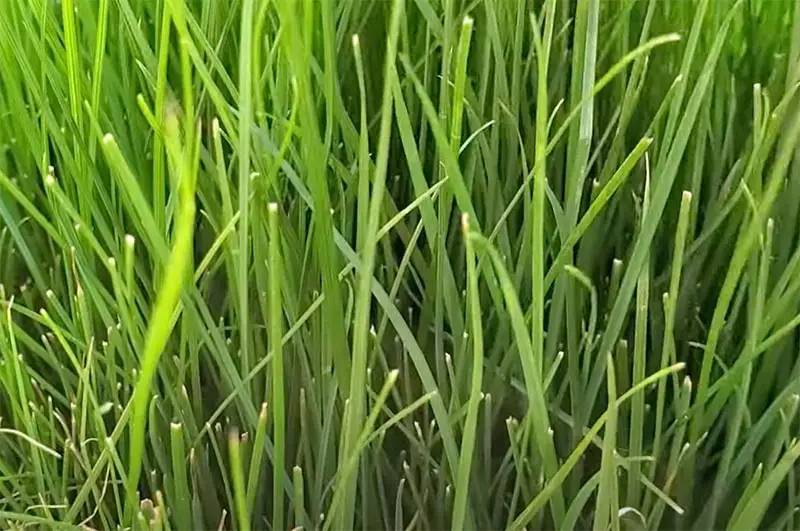
Tall fescue is an extremely hardy grass type tolerant to a range of conditions. For this reason, tall fescue is a popular choice for lawns in the transitional regions of the US. It has a finer blade texture and deeper green color than other fescue types.
Tall fescue is so hardy as it typically grows an extensive, robust root system. It therefore has a high tolerance for drought, foot traffic, shade, cold, and heat. However, as it is bunch-forming, this tall fescue won’t spread to fill bare spots; therefore, overseeding will be necessary to fix any damage that does occur to this grass type.
When Does Cool-Season Grass Turn Dormant?
Cool-season grass will turn dormant in the winter, when soil temperatures drop to be consistently lower than 45°F. This grass will also go dormant in prolonged periods of drought, e.g. over the hot summer months or if you neglect to water it.
When it enters its dormant state, the grass will turn brown and appear as though it’s dead. The grass will green back up when temperatures warm up or water is added to the lawn; however, if the grass suffers from drought for longer than 3 weeks straight, it may die off completely.
When to Seed Cool-Season Grass
The two best times to seed cool-season grass are in the fall and spring, as these are the periods of most active growth for cool-season grasses. Planting during the spring and fall will give your cool-season grass enough time to become established before summer and winter respectively; this ensures the young grass will withstand the heat or cold as it will be well-established before temperatures fluctuate to the extremes.
Seeding Cool-Season Grass in Fall
The best time to seed cool-season grass is in the fall, ideally from late August to early September. At this time of year, conditions are perfect for this grass type to thrive. For instance, in fall, soil temperatures are warm without being too hot and air temperatures are in the ideal range for cool-season grass growth. The abundance of rainfall and moisture in the soil also make fall ideal for seeding cool-season grass. As a rule of thumb, you should seed cool-season grass in the fall when there are at least 45 days before the first frost.
Seeding Cool-Season Grass in Spring
If fall seeding isn’t possible, the next best time to seed cool-season grass is in the spring. Seeding in the spring allows enough time for the seed to establish itself before temperatures heat up in the summer. This is also an ideal time to overseed as it provides you with the opportunity to revive bare spots on the lawn that appeared over winter.
When to Fertilize Cool-Season Grass
You should fertilize your established cool season grass once in the spring and once again in the fall. Avoid fertilizing in the summer and winter; this is when your cool-season grass turns dormant and therefore fertilization is pointless at these times of year.
First Fertilization in the Spring
You should first fertilize your cool-season grass in the spring when they emerge from winter dormancy. This will help your lawn to green up and recover as quickly as possible from the cold weather. A spring fertilization also prepares the grass with resistance before the heat and drought of summer.
The best lawn fertilizer ratio to use on established cool-season grass is that which contains nitrogen only. The nitrogen content of a particular fertilizer is represented in the first number of the NPK ratio on the fertilizer’s packaging. You should ideally use a slow-release, organic fertilizer; these are better for both the environment and the long-term health of your lawn. If you had an issue with weeds such as crabgrass the previous growing season, add a pre-emergent weed killer at this stage too.
Second Fertilization in the Fall
The second fertilization you should carry out is in the fall before the first frost sets in. A fall fertilization will set the grass up with all the nutrients it needs to survive over winter.
With cool-season grasses, when the upward growth slows down in winter, the grass plants direct more energy into root development. They also begin storing surplus nutrients in their stems and roots when they’re no longer using the nutrients for growth. This is why a fall fertilization is so important; the grass needs enough nutrients to set itself up for winter hardiness and a quick, healthy recovery the following spring. Use a fertilizer with a ratio suitable for winter fertilization. Again, nitrogen is the most important nutrient that your fertilizer should contain.
How Often to Water Cool-Season Grass
Throughout the growing season, mature cool-season grass requires roughly 1 to 1.5 inches of water per week. You should add this water in one to two sessions, aiming to water deeply and infrequently. This will encourage the grass plants to grow deeper root systems, thus improving their drought tolerance and general health.
To keep your lawn green, it’s best to keep up with this schedule every week until the first frost sets in. If you neglect to water your cool-season lawn over periods of drought, it will turn brown and appear as though it’s dead. However, the grass is only dormant, and will green back up when the dry period ends.
When watering, aim to make the top 6 to 8 inches of soil moist without saturating the soil to the point of sogginess. Adding too much water will suffocate the grass’ roots and can encourage the development of fungal lawn disease. Water the lawn early in the morning, before 10am, and ideally between 4am and 6am. An additional tip is to factor in any rainfall that occurs over the week, topping up the lawn with irrigation as necessary.
More Key Lawn Care Activities for Cool-Season Lawns
Other important lawn care activities for your cool-season grass include testing the soil, amending pH or nutrient deficiencies, and aerating the lawn annually.
Testing Soil in Cool-Season Lawns
As part of your annual lawn maintenance routine, you should test your soil around February, when soils start to warm up. Testing your soil will reveal its pH level and nutrient content; from the results of this test, you can determine whether your soil requires a pH amendment or specific fertilizer ratio to get it into optimal growing condition for your cool-season grass.
You can test your soil using one of two methods. Your first option is to use an at-home test kit to conduct a DIY soil test at home. These kits are easy-to-use and will provide you with an immediate rough idea of your soil’s pH and nutrient content. Alternatively, you can send a sample of your soil to a professional laboratory; professional testing will provide more accurate data on the condition of your soil.
Amending Soil Issues in Cool-Season Lawns
After testing your soil in February, March is the ideal time to make any necessary amendments. The results of your soil test will reveal what amendments your lawn needs most to get it into the best growing condition.
Cool-season grasses require soils with a pH of 6.0 to 7.2 in order to thrive. If your test reveals your soil falls outside of this range, you’ll need to raise or lower the pH using an amendment. The most common materials for raising and lowering soil pH are lime and sulfur respectively. If the results of the test indicate that your soil lacks any nutrients, amend the soil with fertilizer; choose the best lawn fertilizer ratio for your lawn’s specific needs.
Aerating Cool-Season Lawns
Aeration is another important lawn care activity you can carry out to improve the overall health of your grass. The best time to aerate a cool-season lawn is in late August, especially if you plan on overseeding.
Aeration is the process of breaking up compacted soil to create new pathways for essential elements to circulate the turf. When soil becomes overly compacted, this limits the movement of air, water, and nutrients in the turf; compact soil also prevents your grass from growing deep extensive root systems to access what little elements there are.
By aerating the soil, you can reduce compaction to improve the growing conditions in the turf. This process involves creating small holes throughout the surface of the soil using a pitchfork or core aerator. As a result, the holes enable water and fertilizer to fall deeper into the soil. Aeration is also ideal to carry out before seeding or overseeding; the holes protect the seeds from being blown away or eaten by birds.

